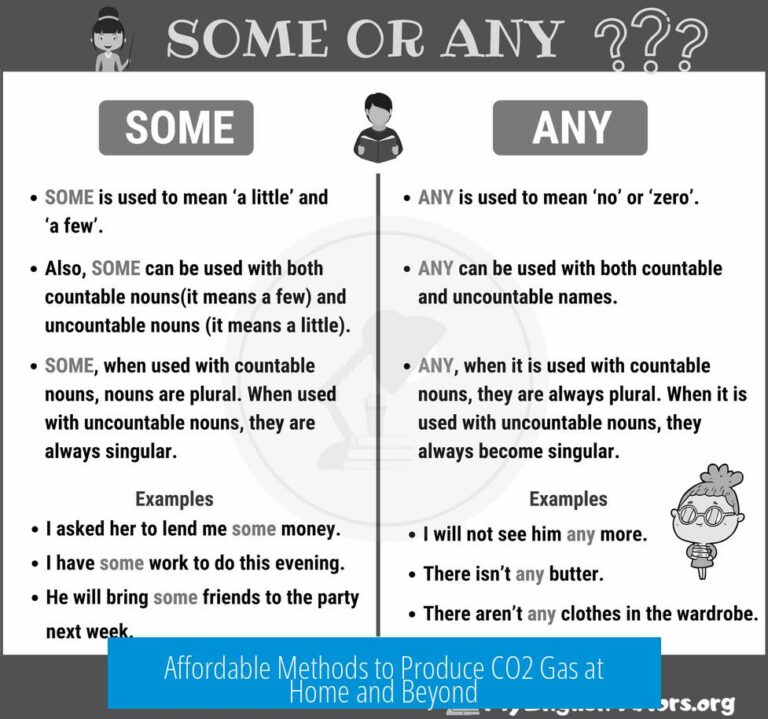What the fuck is a covalent bond?
A covalent bond is a quantum mechanical phenomenon where electrons are shared between atoms, forming a stable connection by lowering the overall energy of the system through electron delocalization. This sharing creates a region of enhanced electron density between the nuclei, holding the atoms together in a way that is fundamentally driven by quantum superposition and energy minimization.
Quantum Mechanical Foundation
Covalent bonding arises from the quantum nature of electrons. Instead of being fixed particles, electrons exist as probability clouds or wavefunctions that can be simultaneously associated with two nuclei. This superposition means an electron is not tied to only one atom but spreads across both.
The simplest example is the H2+ ion, composed of two protons sharing one electron. The system exists in a superposition of states where the electron orbits either nucleus equally. This symmetry means the electron density is shared evenly, creating a bonding interaction.
In a true covalent bond like in H2 molecule, two electrons of opposite spin co-occupy the shared region, making the bond spin-neutral and more stable. The electrons interact, complicating the picture but reinforcing the bond by further lowering system energy.
Electron Density and Orbital Picture
Electrons do not behave like tiny planets orbiting atoms but appear as clouds representing the likelihood of finding an electron at a position. A covalent bond can be seen as an orbital where electron density peaks between two nuclei, pulling these positively charged centers together via electrostatic attraction.
This differs from ionic bonds, where electrons are localized on one atom, and attraction comes from the positive and negative charges interacting like static points. In covalent bonds, electron density is concentrated between atoms, promoting a stronger, directional connection.
Molecular Orbital and Valence Bond Theories
Two main theoretical frameworks describe covalent bonds: Valence Bond Theory (VBT) and Molecular Orbital Theory (MOT). VBT treats bonds as localized pairs of electrons with opposite spins centered between two nuclei. MOT, a deeper quantum treatment, describes electrons delocalized over multiple nuclei using orthogonal molecular orbitals.
While MOT is more accurate, especially for small molecules, it requires complex computations. Organic chemists often use VBT and the concept of hybridization to simplify descriptions. Hybrid orbitals are combinations of atomic orbitals adapted for bonding geometry.
Despite its simplicity, hybridization remains a practical model for understanding molecular shapes and bonding in many molecules, although it is an approximation rather than an absolute representation of electron behavior.
Stability of the Covalent Bond
The core reason covalent bonds are stable relates to energy changes in electrons. When electrons inhabit molecular orbitals spread between nuclei, their kinetic energy decreases due to increased positional uncertainty. This effect is purely quantum mechanical and cannot be explained by classical electrostatics alone.
Electron sharing also lowers potential energy by increasing negative charge density between nuclei, reducing nuclear repulsion. The combination of lowered kinetic and potential energies makes the bonded state the minimum energy configuration.
Why Atoms Stay Together
Despite electrons moving rapidly, nuclei remain fixed because they experience the average electron distribution, not instantaneous positions. Electrons pull nuclei together, but nuclei repel each other at very short distances. The balance between these forces creates an equilibrium bond length.
This equilibrium leads to bond vibrations around a stable average but prevents atoms from colliding or drifting apart under normal conditions.
Models and Practical Use
All bonding models—whether hybridization, VBT, or MOT—are approximations with varying accuracy and computational cost. Hybridization and valence bond models are useful for human understanding, especially in organic chemistry, while molecular orbital theory provides a fundamental quantum mechanical description.
Advanced approaches such as Density Functional Theory (DFT) analyze electron density distribution in molecules, confirming that electron density increases between atoms are the basis for covalent bonds.
Summary of Key Points
- Covalent bonds involve quantum superposition of electrons shared between nuclei.
- Electron density peaks between atoms, creating a region that holds nuclei together.
- Two opposite-spin electrons co-occupy this region, lowering the system’s energy.
- The bond is stable due to lowered electron kinetic and potential energy in molecular orbitals.
- Nuclei stay in place because they experience an averaged electron distribution balancing attraction and repulsion.
- Hybridization and valence bond models simplify the concept but are approximations.
- Molecular Orbital Theory offers a complete, quantum-based explanation but is computationally intensive.
Additional Resources
- Comparing Valence Bond and Molecular Orbital Theories
- Density Functional Theory on Covalent Bonds
- Graduate Textbook: “Quantum Mechanics: Non-Relativistic Theory” by Landau and Lifschitz




Leave a Comment